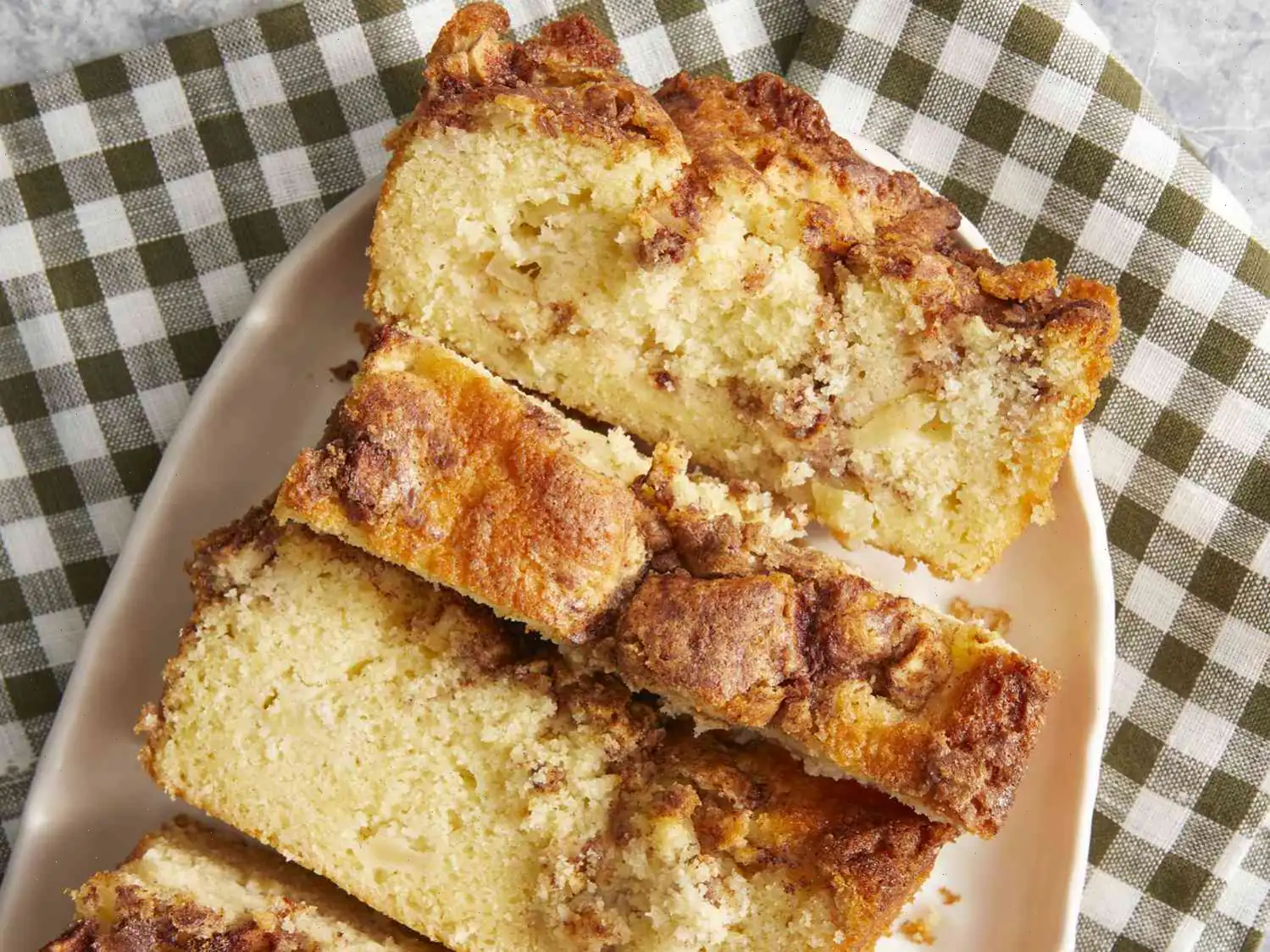
Champorado Recipe
Ingredients
This recipe yields 6 servings.
- 1 cup glutinous sweet rice
- 2 cups light coconut milk
- cup cocoa powder
- 1 cup white sugar
- 1 teaspoon salt
- 1 cup thick coconut milk
Directions
Step 1: In a large pot, combine the glutinous rice and light coconut milk. Bring the mixture to a boil over medium heat, stirring occasionally to prevent the rice from sticking to the bottom. Let it boil for about 10 minutes.
Step 2: Once the rice has softened slightly, stir in the cocoa powder, sugar, and salt. Reduce the heat to low, cover the pot, and continue cooking, stirring occasionally, until the rice is tender and the mixture thickens, about 10 more minutes.
Step 3: Once the rice is tender, pour in the thick coconut milk. Stir to combine, making sure everything is well mixed. Cook for an additional 2-3 minutes to allow the flavors to meld.
Step 4: Serve the dish hot and enjoy the creamy, chocolatey goodness.
Nutrition Facts (per serving)
| Nutrient | Amount | % Daily Value |
|---|---|---|
| Calories | 428 | - |
| Total Fat | 25g | 32% |
| Saturated Fat | 22g | 110% |
| Sodium | 407mg | 18% |
| Total Carbohydrate | 53g | 19% |
| Dietary Fiber | 4g | 15% |
| Total Sugars | 34g | - |
| Protein | 5g | 10% |
| Vitamin C | 1mg | 1% |
| Calcium | 31mg | 2% |
| Iron | 5mg | 27% |
| Potassium | 365mg | 8% |
Note: Percent Daily Values are based on a 2,000 calorie diet. Your daily values may vary depending on your calorie needs.

Champorado is a beloved Filipino dish, often enjoyed for breakfast, as a snack, or even as a dessert. It is a rich and sweet chocolate rice porridge made from glutinous rice, cocoa powder, coconut milk, and sugar. Though it may seem simple, this dish holds a deep cultural significance, especially in Filipino households.
History and Origins
The origins of Champorado are rooted in the Philippines, where it has been a traditional comfort food for generations. It is believed that Champorado was influenced by the Spanish colonial period, where similar rice porridge dishes were introduced to the archipelago. While the Filipino version uses glutinous rice and cocoa powder, the Spanish version typically includes rice and milk. Over time, the Filipino Champorado evolved to include ingredients like coconut milk, which is abundant in the region. This adaptation reflects the creativity of Filipino cuisine, merging foreign influences with local ingredients.
Regional Features
In the Philippines, Champorado is often made with variations depending on the region. While coconut milk is commonly used in many areas, other regions may use evaporated or condensed milk to achieve a creamier texture. The sweetness of the dish is also adjusted based on personal preference, with some adding more sugar or even condensed milk for a richer, sweeter flavor. Toppings such as dried fish (known as "tuyo") or cheese may be served alongside, balancing out the sweetness with a salty contrast. Additionally, Champorado can be served hot or cold, depending on the weather and personal taste.
Champorado vs Similar Dishes
Champorado shares similarities with other rice-based desserts found across Asia, such as Thailand's "khao niew mamuang" (sticky rice with mango) or Japan's "okayu" (rice porridge). However, what sets Champorado apart is its distinct chocolate flavor. While rice porridge in other cultures may be savory or use different types of sweetness, the Filipino version is uniquely chocolatey, making it both comforting and indulgent. Additionally, the use of glutinous rice, which gives the dish its thick and sticky consistency, distinguishes it from other lighter rice porridges.
Where It's Typically Served
Champorado is a versatile dish, often enjoyed in various settings. It is a common breakfast dish in Filipino homes, especially on cooler mornings. It is also popular as an afternoon snack or even as a dessert after meals. Street vendors in the Philippines often serve it, and it is a favorite comfort food during rainy days. Additionally, Champorado can be found in many Filipino restaurants both locally and internationally, offering a taste of Filipino culture to those seeking traditional fare.
Interesting Facts About Champorado
- Champorado is sometimes served with "tuyo", a type of dried, salted fish. The salty fish provides a contrast to the sweetness of the porridge, making it a unique combination.
- The dish is often made with glutinous rice, a sticky type of rice that gives the porridge its thick and creamy consistency.
- Although traditionally served as breakfast, Champorado has become a popular comfort food throughout the day, especially in Filipino households during the rainy season.
- Champorados origins can be traced back to the Spanish influence on Filipino cuisine, with the dish evolving over time to incorporate local ingredients like coconut milk.
- There are variations of Champorado that use condensed milk or evaporated milk, depending on the region or personal preference.
Whether you're a fan of Filipino food or a newcomer to the cuisine, Champorado is a delightful dish that offers a taste of the country's rich culinary traditions. With its creamy texture, rich chocolate flavor, and unique balance of sweetness and saltiness, it's easy to see why this dish has become a beloved comfort food.
FAQ about Champorado Recipe
Comments
Virginia Torres
11/15/2024 05:13:27 PM
This recipe turned out well, but I found that I needed to increase the amount of liquid compared to what the recipe called for. I didn't have sufficient coconut milk on hand, so I ended up substituting with regular milk. I didn't measure the exact amount of milk I used, but I had to cook it for a longer time using a risotto method to get the desired consistency.








